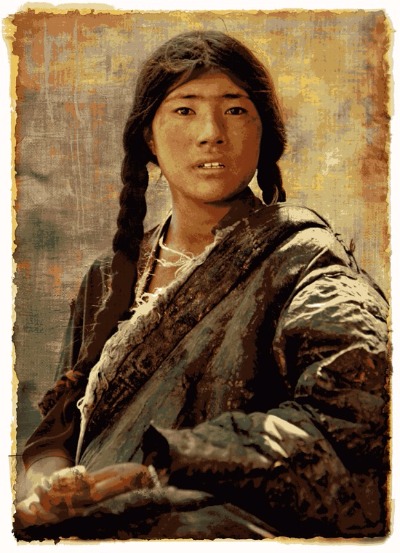 |
|
Li's ongoing exhibition in Beijing features works depicting the natural scenery and people he encountered during his many journeys to Tibet, Qinghai, Gansu and Yunnan.[Photo provided to China Daily] |
The viewers of his art can probably share this sentiment when visiting Zang Ji (traces in Tibetan areas), an exhibition now on at the gallery of Li Keran Art Foundation in Beijing, where paintings, prints and photos produced by Li Xiaoke reflect his intimate exchanges with those distant parts of western China through the years.
His paintings depict the signature monasteries of Tibetan Buddhism such as the Potala Palace and Drepung Monastery, both in Lhasa. He shows the local culture and natural scenery by applying layers of paint to ranges of mountains and temple structures in his artworks, where monks and pilgrims usually appear smaller at the bottom or in a corner.
His approach to composition when showing the relationship between humans and their surroundings follows that of ancient Chinese landscape artists: Figures are often portrayed in a small size, hidden among the mountains and water, almost merged with nature. This accords with an inherent spirit of Chinese art which espouses that people are always trivial in front of the power of nature.